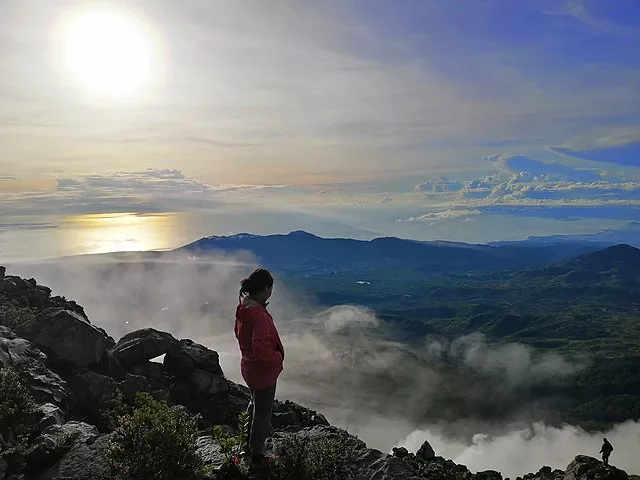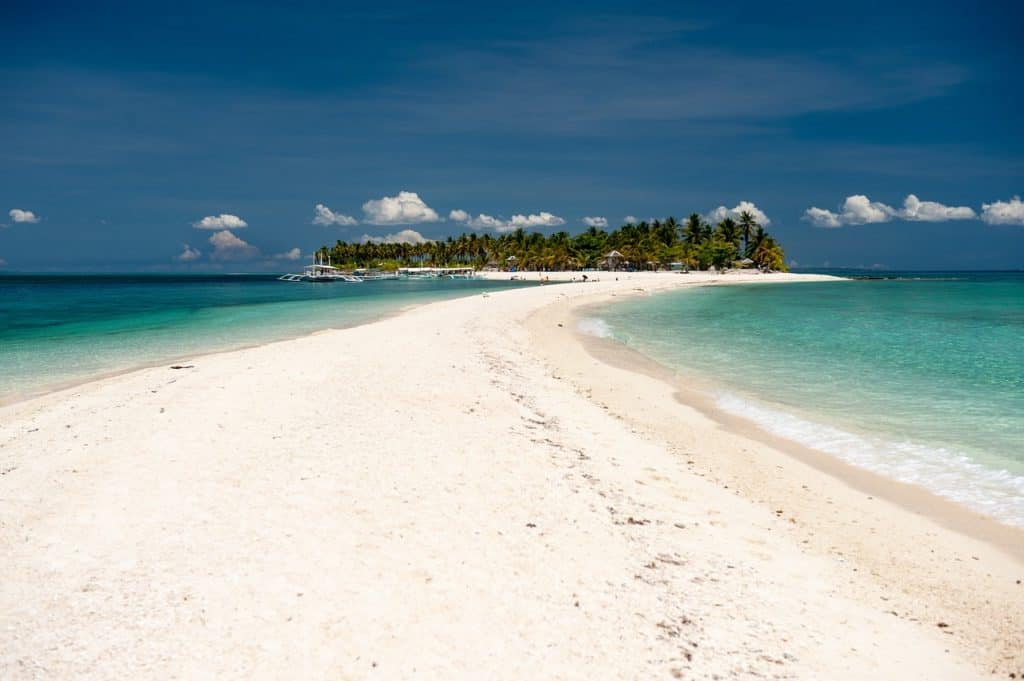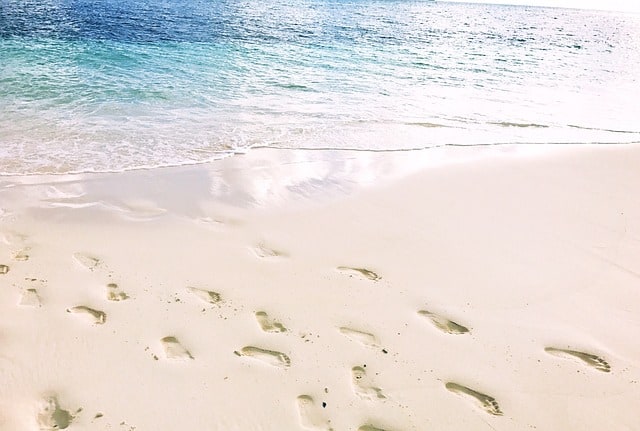
Mount Apo is the highest peak in the Philippines, standing at a majestic 9,692 feet (2,954 meters) above sea level. Located in Mindanao, the southernmost island of the Philippines, Mount Apo is a popular destination for adventure seekers and hikers from around the world. Here is a guide to hiking Mount Apo, including what to expect, when to go, and how to prepare.
Getting There The most popular starting point for a Mount Apo hike is from the town of Kidapawan in North Cotabato. You can easily get there by flying into the nearby city of Davao, and then taking a bus or hiring a private vehicle to Kidapawan. The trailhead is located in Barangay Ilomavis, about an hour’s drive from Kidapawan.
When to Go The best time to hike Mount Apo is during the dry season, which runs from November to May. During this time, the weather is relatively mild and there is less risk of rain or storms. The peak season is from February to April, so be sure to book your trip in advance.
Preparation Hiking Mount Apo requires a moderate to high level of fitness and endurance, so it’s important to prepare yourself physically and mentally. You should engage in regular exercise, such as cardio and strength training, in the months leading up to your hike. You should also acclimatize yourself to the altitude by spending a few days in the area before starting your hike.
You will need to bring the following equipment and supplies:
- Hiking boots or sturdy shoes with good grip
- Backpack
- Sleeping bag and tent
- Warm clothing (temperatures can drop to near freezing at night)
- Rain jacket or poncho
- Sun protection (hat, sunglasses, sunscreen)
- Plenty of water (at least 3 liters per day)
- Snacks and high-energy food (such as trail mix, nuts, and energy bars)
- First aid kit
The Hike The hike up Mount Apo is typically done over three days and two nights. The trail is well-marked and maintained, but it can be steep and rocky in some sections. You will pass through a variety of landscapes, including rainforest, grassland, and rocky terrain.
On the first day, you will hike from the trailhead to Camp 1, which takes about 4-6 hours. Camp 1 is located at an elevation of 5,029 feet (1,533 meters), and is a good place to rest and set up camp for the night.
On the second day, you will hike from Camp 1 to Camp 2, which takes about 6-8 hours. Camp 2 is located at an elevation of 7,087 feet (2,160 meters), and offers stunning views of the surrounding mountains and valleys.
On the third day, you will start your ascent to the summit of Mount Apo, which takes about 4-5 hours. The final stretch is steep and rocky, but the views from the top are well worth the effort. From the summit, you can see as far as the Davao Gulf and the Celebes Sea.
After enjoying the views from the summit, you will hike back down to Camp 2 for lunch, and then continue on to Camp 1 for the night. On the fourth day, you will hike back down to the trailhead and return to Kidapawan.
Conclusion Hiking Mount Apo is an unforgettable experience that requires preparation, perseverance, and a love of adventure. With the right equipment, physical conditioning, and mental preparation, you can successfully summit the highest peak in the Philippines and enjoy stunning views of the surrounding landscapes. Just be sure to plan your trip
Giovanni Carlo P. Bagayas is a seasoned travel guide and passionate explorer from the Philippines. With years of experience uncovering the hidden gems of his homeland, Giovanni has dedicated his career to showcasing the beauty, culture, and adventure that the Philippines has to offer. As the author of Best Philippines Travel Guide, he combines his expertise and love for travel to provide insightful tips, detailed itineraries, and captivating stories for travelers seeking unforgettable experiences in the Philippines. Giovanni’s mission is to inspire wanderlust and help visitors discover the true essence of his vibrant country.


